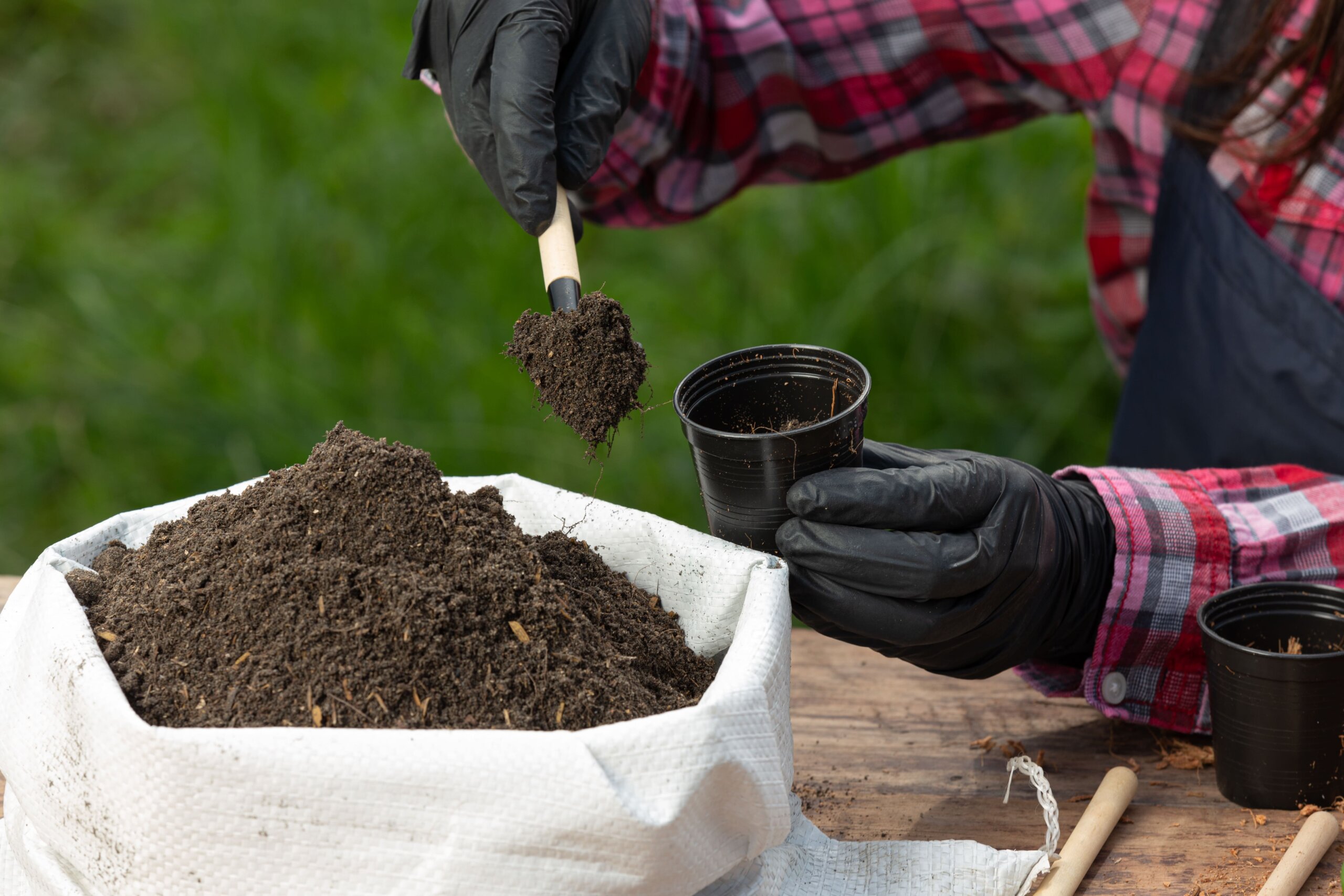The Complete Guide to Bio Fertilizer Production: Processes and Benefits


In today’s agriculture-driven economy, sustainability and soil health are becoming more important than ever. As the world shifts towards eco-friendly farming practices, bio fertilizers have emerged as a crucial component of this transformation. Unlike chemical fertilizers that can degrade soil quality over time, bio fertilizers offer a natural alternative that promotes healthy crop growth without harming the environment. Bio Fertilizer Production is not only a solution for sustainable agriculture but also a growing industry that meets the increasing demand for organic farming inputs.
This guide explores the entire process of producing bio fertilizers, the different types available, their benefits, and the global movement toward greener farming practices.
What Is Bio Fertilizer?
Bio fertilizer refers to a substance containing living microorganisms, which when applied to seeds, plant surfaces, or soil, promotes growth by increasing the availability of nutrients. These microorganisms naturally fix atmospheric nitrogen, solubilize phosphates, and stimulate plant growth through the synthesis of growth-promoting substances. They are essential tools for restoring soil fertility and enhancing crop productivity in an environmentally responsible manner.
Types of Bio Fertilizers
There are several types of bio fertilizers based on the specific functions they perform and the microorganisms they contain:
- Nitrogen-Fixing Bio Fertilizers
- Rhizobium: Symbiotic with leguminous plants.
- Azospirillum and Azotobacter: Free-living nitrogen fixers.
- Rhizobium: Symbiotic with leguminous plants.
- Phosphate-Solubilizing Bio Fertilizers
- These microorganisms convert insoluble phosphates into soluble forms that plants can easily absorb.
- These microorganisms convert insoluble phosphates into soluble forms that plants can easily absorb.
- Potassium and Zinc Solubilizers
- Help in making potassium and zinc available to plants.
- Help in making potassium and zinc available to plants.
- Mycorrhizal Bio Fertilizers
- Fungi that establish symbiotic associations with plant roots and help in nutrient uptake.
- Fungi that establish symbiotic associations with plant roots and help in nutrient uptake.
- Compost Inoculants
- Speed up the decomposition of organic matter and improve compost quality.
- Speed up the decomposition of organic matter and improve compost quality.
Each of these types plays a specific role in enhancing soil fertility and plant health.
The Process of Bio Fertilizer Production
Bio Fertilizer Production involves a series of carefully managed steps to ensure the viability and effectiveness of microbial strains. The process can be broadly divided into the following stages:
1. Strain Selection and Isolation
The first and most crucial step is selecting the right microbial strains. These strains should be efficient, adaptable to various environmental conditions, and non-pathogenic. Laboratory isolation and screening help identify suitable candidates.
2. Cultivation of Microorganisms
Once isolated, the selected strains are cultivated under controlled conditions. A nutrient-rich culture medium supports their rapid growth. This stage is usually done in a bioreactor or fermentation tank with continuous monitoring for pH, temperature, and aeration.
3. Carrier Material Preparation
The microbial culture is mixed with a carrier material, which acts as a medium to maintain the viability of microorganisms during storage and application. Common carrier materials include peat, lignite, compost, or vermiculite. The carrier is sterilized to eliminate unwanted microbes.
4. Inoculation and Curing
The cultured microorganisms are added to the carrier material in a sterile environment. The mixture is then cured for a specific duration to allow the microbes to stabilize and multiply.
5. Packaging
Once the curing process is complete, the bio fertilizer is packed in moisture-proof, UV-resistant bags to maintain microbial activity. Proper labeling is done with details like batch number, manufacturing date, expiry date, and usage instructions.
6. Storage and Distribution
Bio fertilizers have a limited shelf life and must be stored in cool, dry conditions. Proper logistics are necessary to ensure that the product reaches the end-users without losing effectiveness.
Quality Control Measures
Bio fertilizers must meet certain quality standards to be effective. Regular testing is conducted for:
- Microbial count and viability
- Absence of contaminants
- pH level and moisture content
- Shelf life and stability
These tests are crucial to ensuring the consistency and safety of the final product.
Benefits of Bio Fertilizer Production
The advantages of producing and using bio fertilizers extend across agricultural, economic, and environmental dimensions:
1. Sustainable Agriculture
Bio fertilizers reduce the reliance on chemical inputs, promoting long-term soil health and reducing pollution. They help restore natural nutrient cycles and maintain biodiversity.
2. Cost-Effective
They are more affordable than chemical fertilizers and often reduce the need for additional supplements. For farmers, this translates into lower production costs and higher profitability.
3. Improved Soil Structure
Bio fertilizers improve the texture and fertility of the soil by increasing microbial activity. They help in water retention and root penetration, leading to better plant health.
4. Enhanced Crop Yield and Quality
By supplying essential nutrients naturally, bio fertilizers promote stronger and healthier plant growth. This leads to improved yields and better-quality produce, which is in high demand in organic markets.
5. Environmentally Friendly
Bio fertilizers do not leave harmful residues in the soil or water bodies. They are biodegradable and safe for humans, animals, and beneficial insects.
Challenges in Bio Fertilizer Production
Despite the clear benefits, the production and widespread adoption of bio fertilizers face several hurdles:
- Limited Awareness: Many farmers are still unaware of how bio fertilizers work or their long-term benefits.
- Short Shelf Life: Maintaining microbial viability during storage and transportation can be challenging.
- Lack of Standardization: Variations in product quality can reduce farmer confidence.
- Infrastructure Requirements: Establishing a production facility requires investment in equipment, trained personnel, and quality control systems.
Global Trends and Market Demand
The global demand for bio fertilizers is rising due to the shift toward sustainable agriculture and organic food. Governments and international organizations are increasingly promoting their use through subsidies, training programs, and research support.
In regions like the Middle East, where water scarcity and soil degradation are significant concerns, bio fertilizers provide a viable solution. The local climate conditions also support microbial-based soil improvement strategies, making this an opportune time for companies and agricultural cooperatives to invest in Bio Fertilizer Production.
The Role of Research and Innovation
Research institutions and agricultural scientists are continuously developing new microbial strains and production techniques to improve efficacy and adaptability. Innovations in carrier materials, microencapsulation, and liquid formulations are expanding the possibilities for how bio fertilizers can be applied across different farming systems.
The integration of biotechnology with traditional farming practices is also paving the way for customized solutions based on soil type, crop species, and local climate.
Educating Farmers and Scaling Distribution
Training programs, field demonstrations, and awareness campaigns are essential for increasing adoption. Distribution networks must be strengthened to ensure timely delivery, especially in remote agricultural regions. Collaborations between producers, agricultural departments, and farmer cooperatives can play a key role in scaling operations.
Final Thought: Supporting a Greener Future with Bio Fertilizers
Bio Fertilizer Production is not just a manufacturing process; it is a commitment to nurturing the earth and ensuring food security for future generations. As farmers, policymakers, and industry leaders recognize the long-term advantages of organic inputs, the bio fertilizer industry is poised for significant growth.
In the Middle East, particularly in the UAE, the agricultural sector is embracing sustainable alternatives to support environmental balance and food sustainability. With increasing demand and innovation, the role of Fertilizers Suppliers In UAE becomes even more critical in delivering high-quality bio fertilizers to farms across the region.



